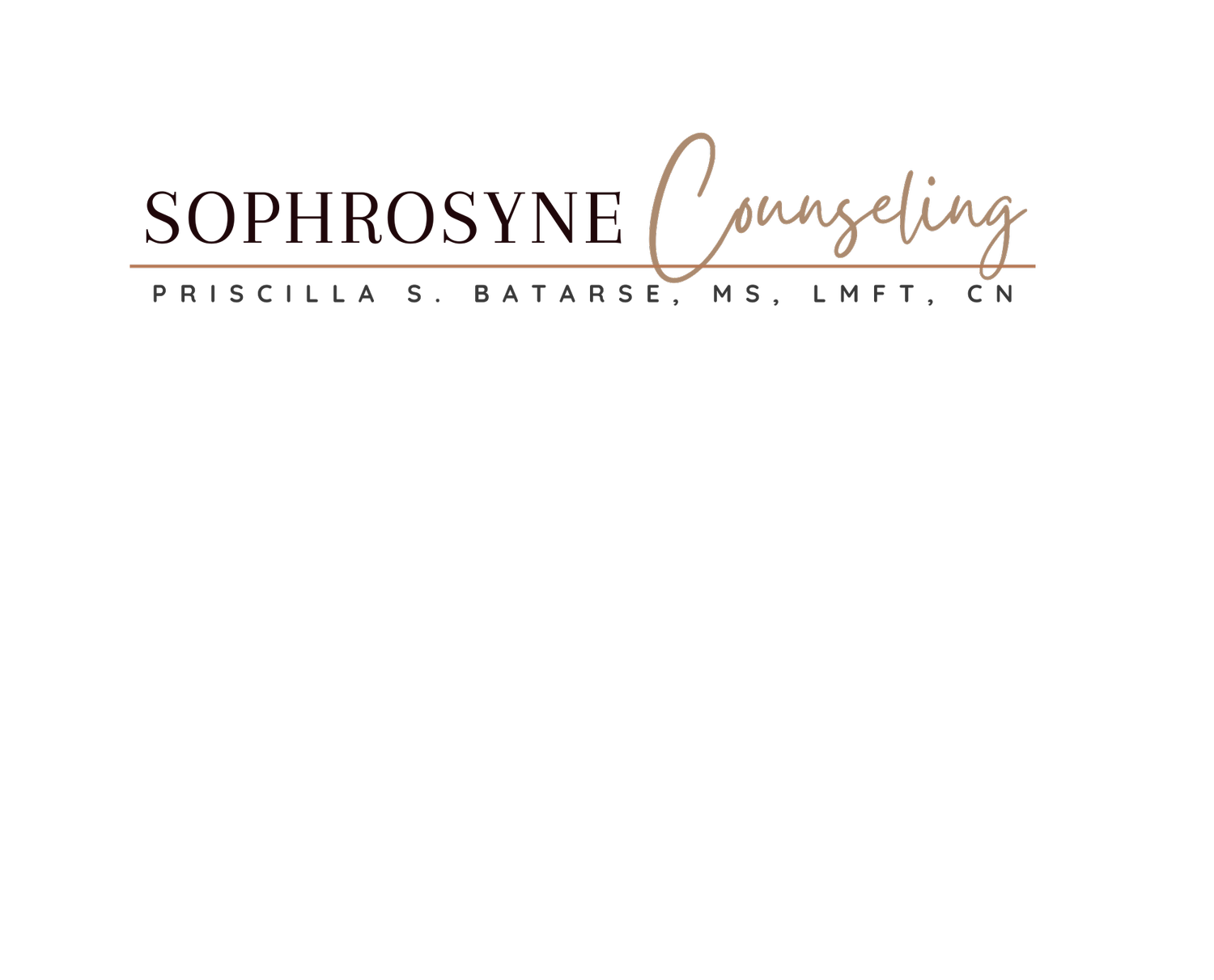The Neurobiology of Insomnia: How Therapy Can Rewire Your Brain
Insomnia is more than just tossing and turning at night—it's a complex sleep disorder that affects around 30% of adults, with 6-10% meeting the criteria for chronic insomnia. But did you know that insomnia isn't just about restless nights? It involves real changes in how our brain functions, leading researchers to investigate how psychological treatments, like Cognitive Behavioral Therapy for Insomnia (CBT-I), can help rewire these patterns.
Understanding Insomnia and the Hyperarousal Hypothesis
Insomnia Disorder (ID) isn't just about having trouble falling or staying asleep; it's also about its impact on our daily lives. One of the main theories explaining insomnia is the hyperarousal hypothesis. This theory suggests that people with insomnia experience excessive activation in various bodily systems—cognitive, emotional, and physiological—that prevents relaxation. Essentially, their brain remains in a "hyperactive" state even when it's time to sleep.
CBT-I: A Psychological Treatment with Neurobiological Effects
Cognitive Behavioral Therapy for Insomnia (CBT-I) is the gold standard for treating insomnia. Unlike medications, CBT-I targets the thoughts and behaviors that contribute to sleeplessness. Techniques include sleep restriction, relaxation exercises, and cognitive restructuring to address the anxiety and habits that keep you awake.
But what's fascinating is that CBT-I doesn't just change how we think—it can change how our brain functions!
How Does Therapy Impact the Brain?
Researchers have studied how CBT-I affects the brain using various neuroimaging techniques, and here's what they found:
EEG (Electroencephalography) Studies:
Studies using EEG showed that after CBT-I, there was a reduction in β activity, which is linked to wakefulness. This suggests that therapy helps reduce the brain's hyperarousal state, making it easier to relax into sleep.
SPECT (Single-Photon Emission Computed Tomography) Studies:
SPECT scans showed that CBT-I increased activation in the basal ganglia, an area involved in regulating sleep-wake behavior. This could explain why patients often feel more refreshed and experience better sleep patterns after therapy.
PET (Positron Emission Tomography) Studies:
Although PET research on CBT-I is limited, one study found reduced activity in areas like the thalamus and limbic system after treatment, suggesting that therapy helps normalize brain activity associated with sleep.
fMRI (Functional Magnetic Resonance Imaging) Studies:
Functional MRI studies revealed that insomnia patients often show hypoactivation in areas like the prefrontal cortex (responsible for executive functioning). After undergoing CBT-I, these areas became more active, indicating improved cognitive functioning and better emotional regulation.
Balancing the Hyperarousal and Hypoactivation Hypotheses
The research supports both the hyperarousal and hypoactivation pathways in insomnia. This means that while some brain areas are overactive (hyperarousal), others are underactive (hypoactivation), which could explain why insomnia can feel so overwhelming. Understanding these two pathways helps paint a complete picture of the disorder and why treatments like CBT-I are so effective.
Chronotherapy: Why Timing Matters
Interestingly, the review suggests that receiving treatment can be just as important as the treatment itself. Aligning CBT-I with a person's natural sleep-wake cycle, known as their chronotype, might enhance its effectiveness. This means paying attention to whether you're a morning person or a night owl when implementing sleep strategies.
Why Is This Research Important?
Exploring how therapy affects the brain provides valuable insights into improving insomnia treatment. This opens doors to more personalized approaches that could be tailored to an individual's unique brain patterns, making therapy even more effective.
Final Thoughts
Insomnia isn't just "in your head"—it's rooted in how your brain functions. The promising news is that treatments like CBT-I can lead to fundamental changes in brain activity, helping you break free from sleepless nights. As we continue to explore how psychological treatments can reshape the brain, we're one step closer to more effective solutions for insomnia and better sleep for all.
Marques DR, Gomes AA, Clemente V, dos Santos JM, Caetano G, Castelo-Branco M. Neurobiological Correlates of Psychological Treatments for Insomnia: A Review. European Psychologist. 2016;21(3):195-205. doi:10.1027/1016-9040/a000264



